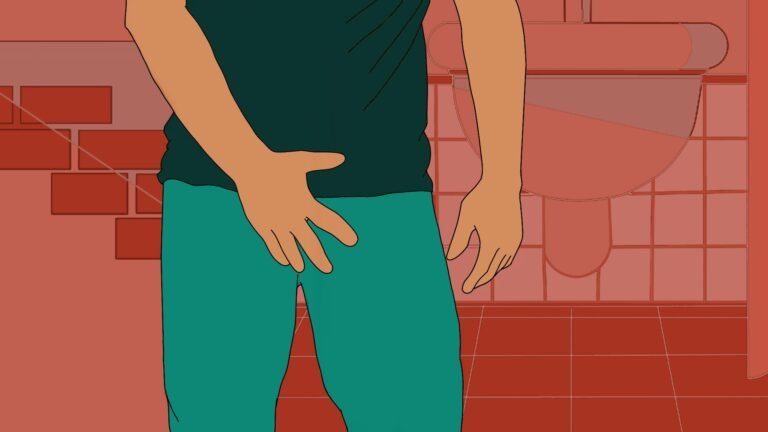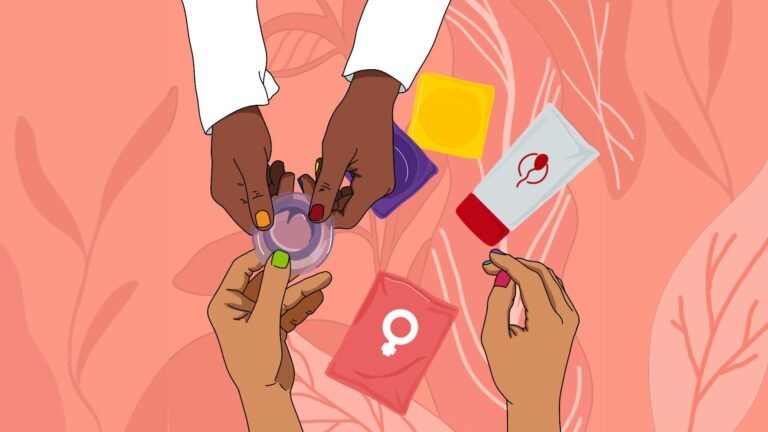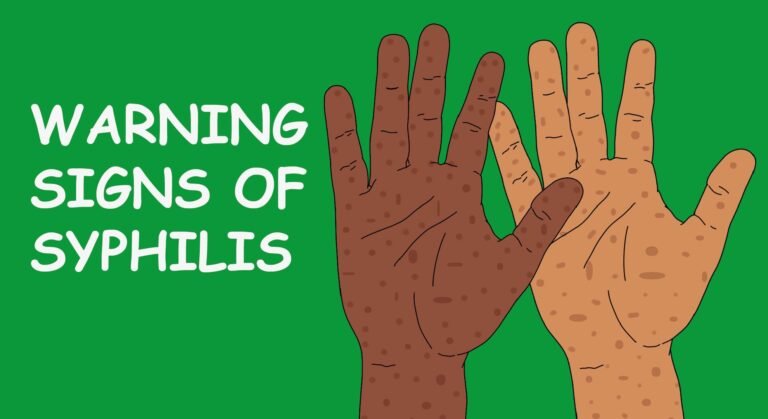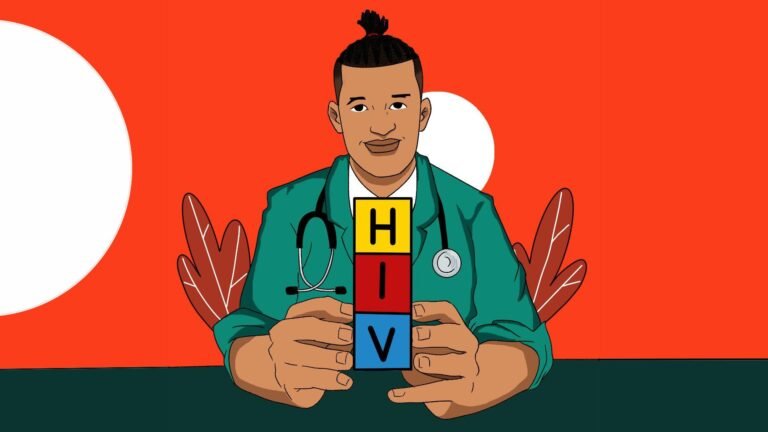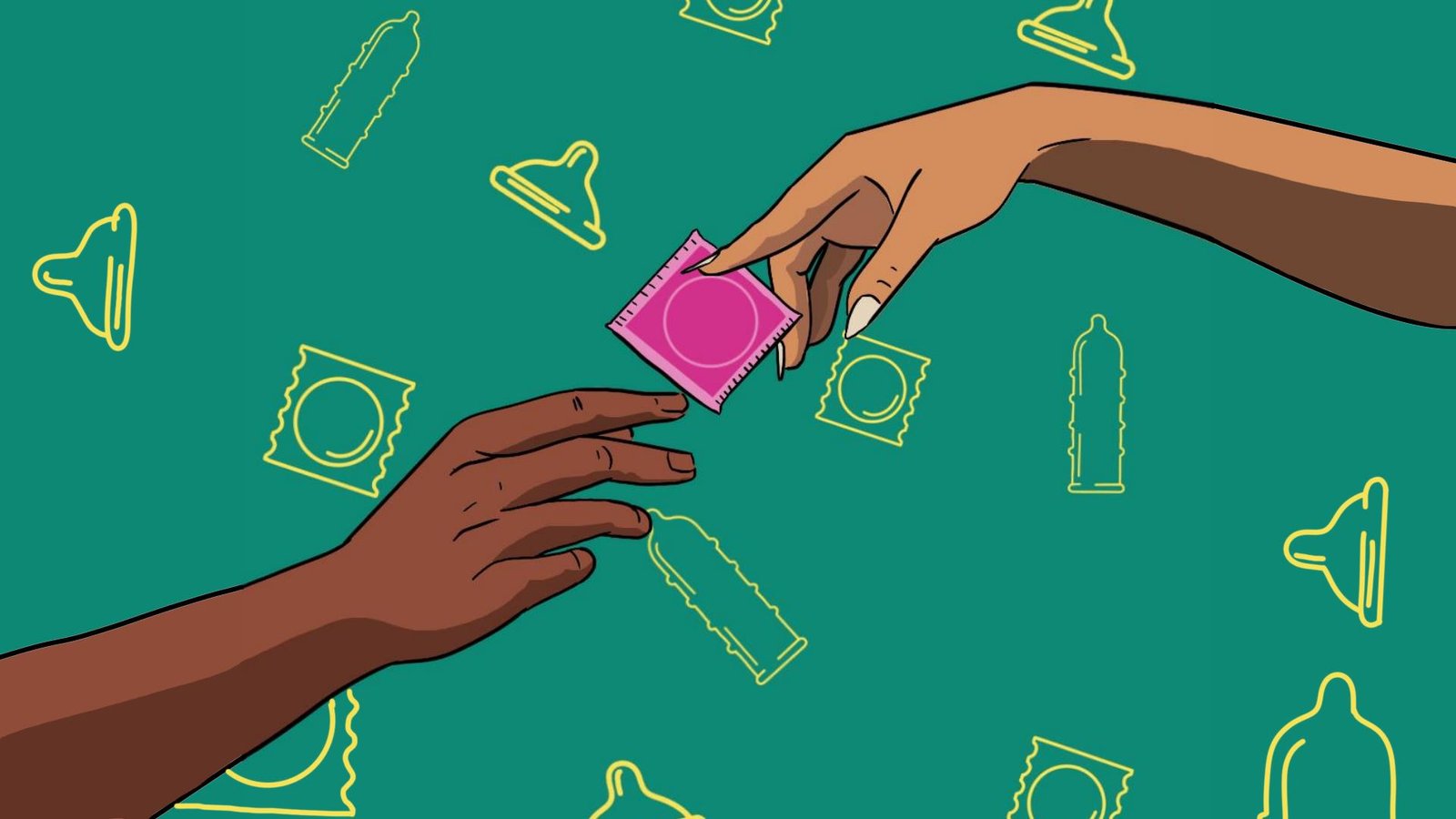
Condom
What is a condom?
Condoms serve as a barrier contraception method that not only prevents pregnancy but also reduces the risk of certain STDs. Male condoms, also known as external condoms, are widely used for birth control. They are convenient, readily available at most stores, and generally affordable. Both male and female condoms function by containing semen, preventing sperm from entering the vagina during sexual intercourse. They are effective in protecting against sexually transmitted infections (STIs) like HIV.
What are condoms made of?
Most condoms are made from:
- Polyisoprene, which is a synthetic form of latex
- Latex
- Polyurethane
They come in various sizes, styles, textures, colors, and flavors, with options for lubricated or unlubricated varieties. Some lubricated condoms may contain spermicide, often including nonoxynol-9, which has sperm-killing properties.
How effective are external condoms?
When used correctly, external condoms are about 98 percent effective in preventing pregnancy. They also significantly reduce the risk of contracting or transmitting STIs, including HIV, gonorrhea, and chlamydia. However, for STIs transmitted via genital skin contact, like genital herpes and HPV, condoms provide somewhat lower protection but are still effective.
How do I use an external condom?
Using a male condom involves unrolling it onto an erect penis, ensuring the tip is pinched to leave space for semen and prevent breakage. Avoid using oil-based lubricants with latex condoms, as they can weaken the material. Instead, opt for water-based lubricants.
How to remove a condom?
After ejaculation, hold the base of the condom and withdraw the penis carefully. Dispose of the used condom properly, avoiding flushing it down the toilet. Never reuse condoms and always check the expiration date before use.
What are some tips for effective condom use?
Proper condom use is essential for effectiveness:
- Ensure correct application.
- Never reuse condoms or use two at once.
- Avoid oil-based lubricants with latex condoms.
- Consider combining condoms with other birth control methods for added protection.
What to do if a condom breaks?
If a condom breaks during intercourse, stop immediately, withdraw, discard the broken condom, and consider emergency contraception options.
What are the disadvantages of external condoms?
Disadvantages include:
- Moderate failure rate with improper or inconsistent use.
- Potential for skin irritation or allergic reactions.
- Diminished sensation during intercourse.
One important caveat: External condoms are the best method, outside of abstinence, for lowering your risk of STIs.
What are some myths about condom use?
Myths include beliefs that condoms reduce sexual pleasure or that using two condoms offers better protection, both of which are untrue. Condoms are available in various sizes for comfort and effectiveness, and using one correctly remains the best approach for STI and pregnancy prevention.



